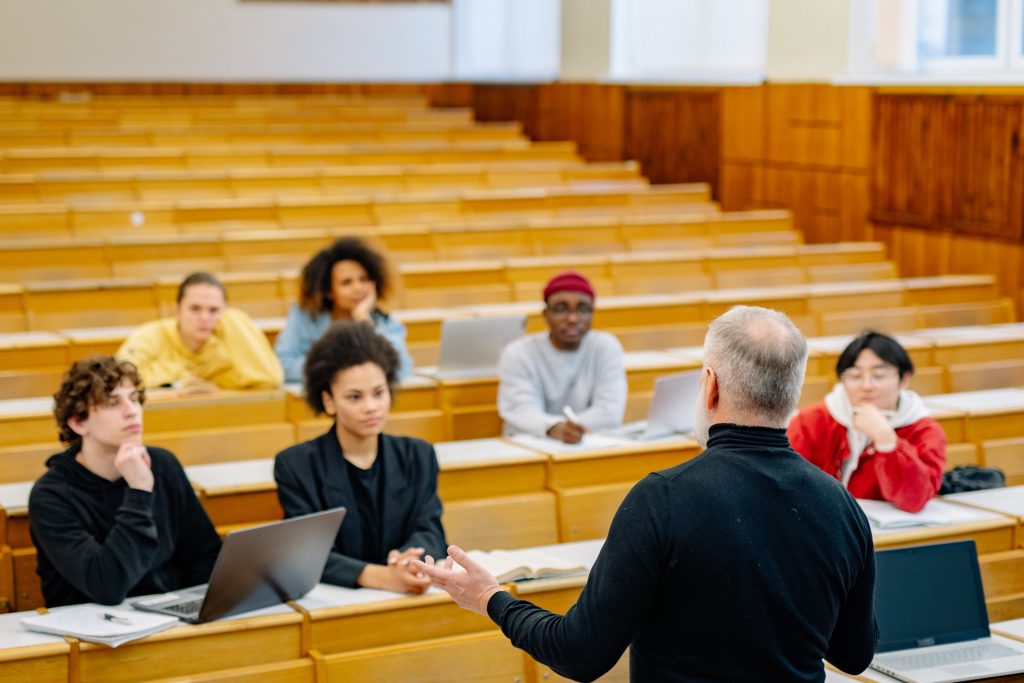American Universities: The Center Of Diverse Cultures (Part 2)
Previously, we have discussed how people from diverse backgrounds spread and preserve their culture. Part 2 of this series will examine how professors handle a culturally diverse classroom. To provide a deeper insight, Professor John Katunich and Professor Xiexin Liu from Dickinson College were interviewed for this article.
Honoring Every Culture
International students play an essential role in the American educational system. The proportion of international students is large at some schools. For example, the Soka University of America, in 2020-2021, had the highest number of international students, 47%. Additionally, the University of Rochester and New York University were on top of the list of national universities with the highest proportion of international students, 24% and 27%, respectively.
A large number of international students bring a variety of cultural beliefs and assumptions. Consequently, one’s cultural beliefs might conflict with another. This factor influences the content and the material that Professors use for teaching. As Professor Xiexin Liu, a professor in the Data Analysis department, said, she had to be more sensitive to what she presented to minimize the chance of being offensive to other cultures.
Moreover, Professor Liu also prioritizes the way professors illustrate their lessons. Learning becomes valuable when it relates to real life. It is essential to present relatable and understandable lessons to all cultures.
With more than 20 years of teaching and working with multilingual students and writers, Profesor Jonh Katunich, the Associate Director of the Writing Program, focuses his attention on bringing different cultural beliefs to light. He avoids organizing his class in a teacher-centered learning style, which can lead to monoculture. Instead, a student-centered classroom might be more effective since it leaves room for students from diverse national backgrounds to interact with each other. Then, different cultural beliefs can be expressed and acknowledged.

Valuing Every Learning Philosophy
Each international student is the representative image of their country’s educational system. Consequently, students coming from different cultural backgrounds will have different learning philosophies. For example, when surveyed 78 first-year to fourth-year Asian international undergraduate students enrolled in a range of programs at a South Australian University, 33% of first-year students preferred the lecturing style and teacher-centered learning (Wong, 2004). These learning and teaching styles are different from American ones, which are non lecturing and student-centered learning.
Since the diversity of learning styles in American institutions is increasing faster, professors must adapt and adjust their teaching methods to tailor to students from diverse backgrounds. Professors’ responsibility is not to judge or evaluate the quality of the students’ learning styles. They must respect the differences and help the students adapt and adjust to the American learning philosophy.
Rather than “imprint” the right way, Professor Katunich has a different approach. From his viewpoint, providing international students with opportunities to experience, attempt new learning styles, and make mistakes is more effective.
“Since I cannot know all the cultural learning expectations, creating an open environment where students can speak up about what they are doing well and struggling with is important. Moreover, professors should also have the flexibility to change how we structure an assignment or work towards an assignment based on the unique national background,” Professor Katunich said.
Also, as an international student himself, Professor XiexinLiu deeply understands other international students’ difficulties. She emphasizes the need to create an educational environment where students can feel the support from their professors.
“It is important to maintain the balance of showing support and leaving room for international students to develop by themselves. Being over-generous to international students because English is not their first language is unfair. However, it is still important for professors to understand international students’ challenges,” Professor Liu shared.




